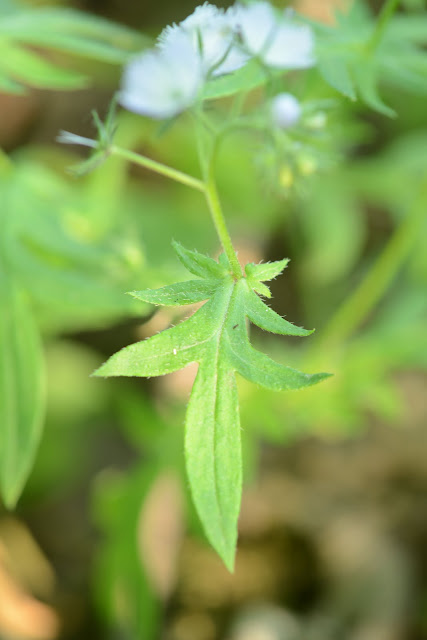 |
Prickly Lettuce
Lactuca serriola
|
Prickly Lettuce is a tough plant. As you can see from the picture above, it can grow quite large through a crack in the cement. It's an impressive plant, although most folks would call it a weed.
It is closely related to garden lettuce (
Lactuca saliva). At first you might wonder why, but if you ever grew lettuce and let it bolt, it looks a lot like the wild lettuces. You wouldn't want to eat this one though. It's said to be bitter tasting and contains a bitter sap called Lettuce Opium, scientifically knows as
lactucarium. It's not actually an opium, but was studied for some time as a milder alternative to opium. They never got the formulation right, but you can still
buy it to be used for whatever reason you like. It was used by the ancient Egyptians, Greek, and Romans as a painkiller, sedative, and aphrodisiac. However, modern testing seems to show that it doesn't really have much of an effect at all in those regards. Some people don't believe the modern testing and still use it anyway. Choice is yours.
There are nine species of
Lactuca in Indiana. The easiest way to distinguish this one is that it has yellow flowers and a line of soft prickles on the underside of the leaf along the main vein.
 |
| Note the large main vein with a line of prickles all along |
 |
| The lower part of the stem is reddish and prickly |
 |
| The upper part of the stem is greenish and not prickly |
 |
| Note the clasping leaf |
 |
| Yellow flowers |




















































